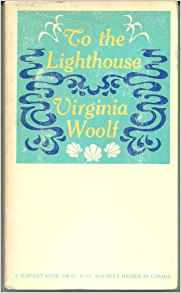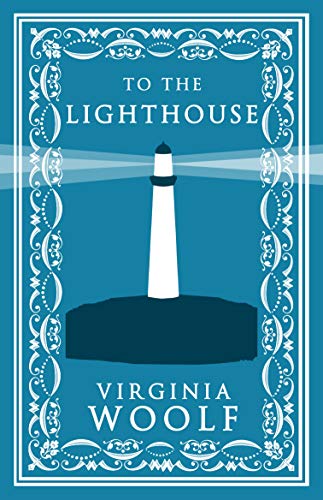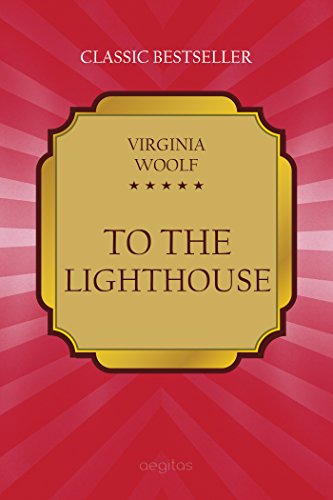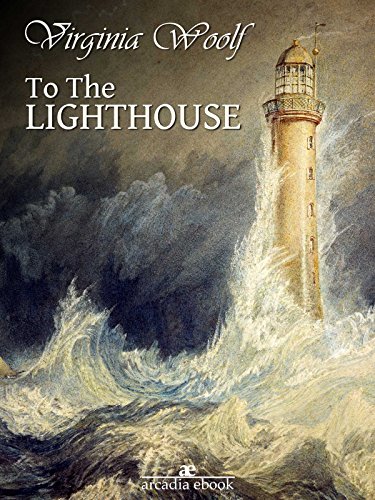Virginia Woolf
Jacob's Room
( May 5, 2018)
Jacob's Room is the third novel by Virginia Woolf, first published on 26 October 1922.
The novel centres, in a very ambiguous way, around the life story of the protagonist Jacob Flanders and is presented almost entirely through the impressions other characters have of Jacob. Thus, although it could be said that the book is primarily a character study and has little in the way of plot or background, the narrative is constructed with a void in place of the central character if, indeed, the novel can be said to have a 'protagonist' in conventional terms.
Motifs of emptiness and absence haunt the novel and establish its elegiac feel. Jacob is described to us, but in such indirect terms that it would seem better to view him as an amalgam of the different perceptions of the characters and narrator. He does not exist as a concrete reality, but rather as a collection of memories and sensations.
Set in pre-war England, the novel begins in Jacob's childhood and follows him through college at Cambridge and into adulthood. The story is told mainly through the perspectives of the women in Jacob's life, including the repressed upper-middle-class Clara Durrant and the uninhibited young art student Florinda, with whom he has an affair. His time in London forms a large part of the story, though towards the end of the novel he travels to Italy and then Greece.
In an essay she wrote in 1919 called ‘Modern Novels’ (later reprinted as ‘Modern Fiction’), Woolf took issue with the Edwardian novelists who were popular just as she was starting out as an aspiring novelist herself: specifically, it would be popular novelist Arnold Bennett, along with his contemporaries H. G. Wells and John Galsworthy, who embodied, for Woolf, the style of
Woolf3fiction wanted to move away from. These writers, Woolf maintained, embodied a realist tradition that didn’t get close enough to actual lived experience: the way we live our lives, Woolf says, is not reflected in an Arnold Bennett novel.
Woolf wasn’t the only one to stick the boot into Arnold Bennett: the important modernist poet Ezra Pound also lampooned and satirised him (as ‘Mr. Nixon’) in his long 1920 poem Hugh Selwyn Mauberley, where Mr Nixon (i.e. Mr Bennett) advises the poem’s title character, an aspiring poet, to abandon his artistic integrity in order to become a successful writer. Give the public what they want, and what they want is what they expect to get. Well, that argument didn’t wash with Pound and it didn’t appeal to Woolf either. For Woolf, the problem is that Bennett and his fellow Edwardian writers go about establishing how ‘real’ a character is by very materialist means: what job the character’s father has, how much this father earns, what the heroine mother died of, what her house is like and what her income is, and so on. For Woolf, there is something dissatisfying about such a method, and readers must not take any more of this sort of thing from novelists: they must not assume that writers know more about the truth of character than they do.
Woolf collected together these short stories, including ‘A Haunted House’ and ‘An Unwritten Novel’, in a slim volume, Monday or Tuesday (1921), which she and her husband self-published through their own publishing company, the Hogarth Press (they had also published T. S. Eliot’s second volume of poems in 1919). Monday or Tuesday marks the turning point in Woolf’s development as a writer. Leonard Woolf called this volume one of the worst books that had ever been printed, because it contained so many typographical mistakes (it was one of the first books to be published by the Woolfs’ own printing press). But the stories in the volume showed to Woolf that she could write a new kind of fiction. As she would write in her diary in January 1920, of the novel that began to take shape at this time.
The novel centres, in a very ambiguous way, around the life story of the protagonist Jacob Flanders and is presented almost entirely through the impressions other characters have of Jacob. Thus, although it could be said that the book is primarily a character study and has little in the way of plot or background, the narrative is constructed with a void in place of the central character if, indeed, the novel can be said to have a 'protagonist' in conventional terms.
Motifs of emptiness and absence haunt the novel and establish its elegiac feel. Jacob is described to us, but in such indirect terms that it would seem better to view him as an amalgam of the different perceptions of the characters and narrator. He does not exist as a concrete reality, but rather as a collection of memories and sensations.
Set in pre-war England, the novel begins in Jacob's childhood and follows him through college at Cambridge and into adulthood. The story is told mainly through the perspectives of the women in Jacob's life, including the repressed upper-middle-class Clara Durrant and the uninhibited young art student Florinda, with whom he has an affair. His time in London forms a large part of the story, though towards the end of the novel he travels to Italy and then Greece.
In an essay she wrote in 1919 called ‘Modern Novels’ (later reprinted as ‘Modern Fiction’), Woolf took issue with the Edwardian novelists who were popular just as she was starting out as an aspiring novelist herself: specifically, it would be popular novelist Arnold Bennett, along with his contemporaries H. G. Wells and John Galsworthy, who embodied, for Woolf, the style of
Woolf3fiction wanted to move away from. These writers, Woolf maintained, embodied a realist tradition that didn’t get close enough to actual lived experience: the way we live our lives, Woolf says, is not reflected in an Arnold Bennett novel.
Woolf wasn’t the only one to stick the boot into Arnold Bennett: the important modernist poet Ezra Pound also lampooned and satirised him (as ‘Mr. Nixon’) in his long 1920 poem Hugh Selwyn Mauberley, where Mr Nixon (i.e. Mr Bennett) advises the poem’s title character, an aspiring poet, to abandon his artistic integrity in order to become a successful writer. Give the public what they want, and what they want is what they expect to get. Well, that argument didn’t wash with Pound and it didn’t appeal to Woolf either. For Woolf, the problem is that Bennett and his fellow Edwardian writers go about establishing how ‘real’ a character is by very materialist means: what job the character’s father has, how much this father earns, what the heroine mother died of, what her house is like and what her income is, and so on. For Woolf, there is something dissatisfying about such a method, and readers must not take any more of this sort of thing from novelists: they must not assume that writers know more about the truth of character than they do.
Woolf collected together these short stories, including ‘A Haunted House’ and ‘An Unwritten Novel’, in a slim volume, Monday or Tuesday (1921), which she and her husband self-published through their own publishing company, the Hogarth Press (they had also published T. S. Eliot’s second volume of poems in 1919). Monday or Tuesday marks the turning point in Woolf’s development as a writer. Leonard Woolf called this volume one of the worst books that had ever been printed, because it contained so many typographical mistakes (it was one of the first books to be published by the Woolfs’ own printing press). But the stories in the volume showed to Woolf that she could write a new kind of fiction. As she would write in her diary in January 1920, of the novel that began to take shape at this time.
Enjoy reading Jacob's Room? You may also like these books
-

Virginia Woolf
Virginia Woolf: Masterpieces: Jacob's Room, Night and Day, The Voyage Out... Illustrated
(Bauer Books July 18, 2020) -

Virginia Woolf
To The Lighthouse, A Harvest Book
Mass Market Paperback (Harcourt Brace & Company March 15, 1955)

















